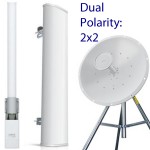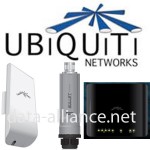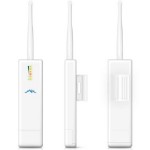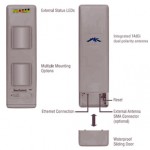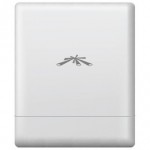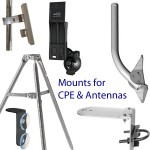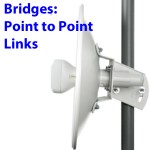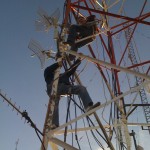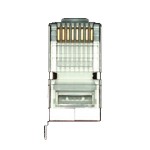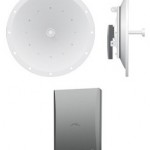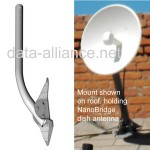Ubiquiti sector antennas bleed quite a lot of back radiation. The Rockets bleed an enormous amount of radiation and more is leaked through the pigtails.
SOLUTIONS:
- RF Armor is perhaps the most widely-known solution on the market, for the sectoral antennas front-to-back radiation problem. RF Armor shield kits for the sectoral antennas consists of a steel shield with wings that stick out on the left and right of the antenna. There is potential for a problem with wind-load if you live in a windy area: The shields catch wind and your wind-load will be vastly increased, even to the point that (in windy areas) your tower may need reinforcements or your tower colo cost may be increased due to the increase in wind-load.
- K Performance Antennas also sells an enclosure-shield for the rockets and shielded pigtails, both of which correct the radiation-leakage of the Rockets.

